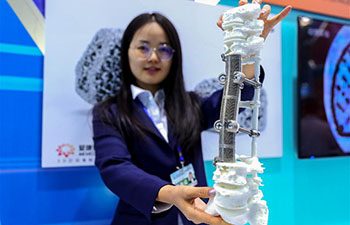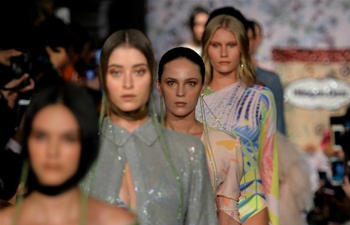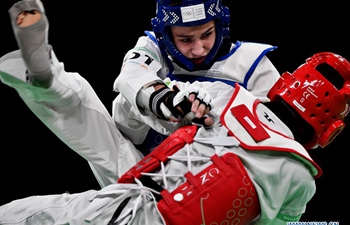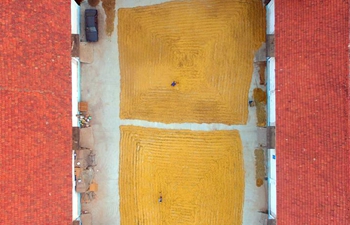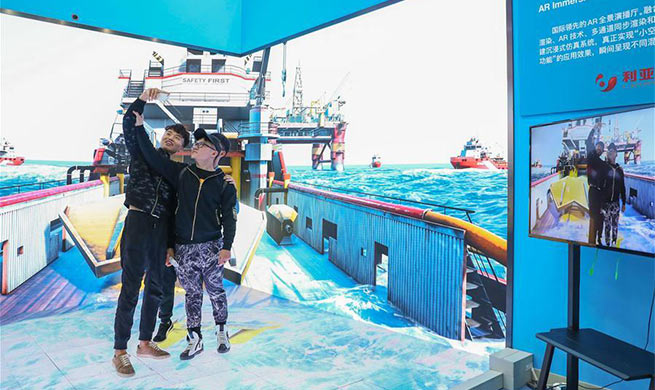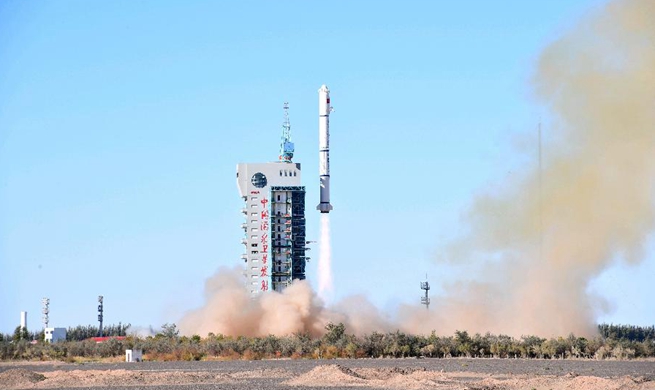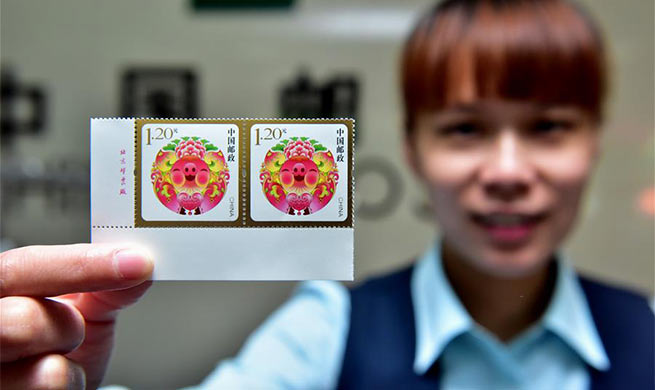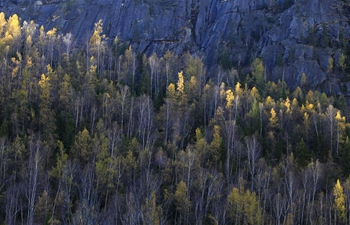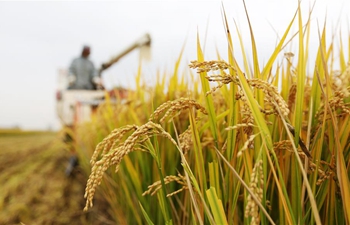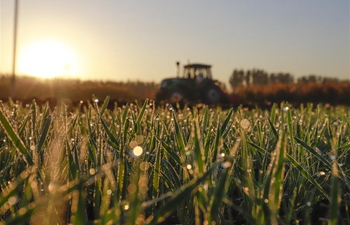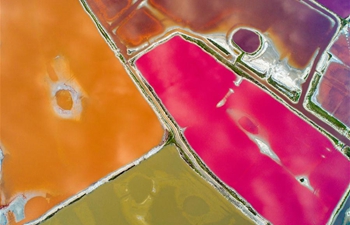WASHINGTON, Oct. 9 (Xinhua) -- Researchers at Washington University School of Medicine in St. Louis suggested that the body's inability to fully utilize the essential dietary mineral manganese might be responsible for some cases of puberty scoliosis or curvature of the spine.
The study published on Tuesday in the journal Nature Communications found that children with severe scoliosis are twice as likely as children without the disease to carry a gene variant that makes it hard for their cells to take in and use manganese, a mineral required for growing bones and cartilage.
Previously, little was known about why some children's backs started to curve to one side just as they hit puberty.
"Our study links a common disease to something that's potentially modifiable in the diet," said the paper's senior author Christina Gurnett, professor of neurology, orthopedic surgery and pediatrics.
"But we don't want people to go out right now and start manganese supplements, because we already know that too much manganese can be harmful."
High doses of manganese can cause manganism, a permanent neurological condition characterized by tremors and difficulty in walking, as well as psychiatric symptoms such as aggression and hallucinations. The mineral also has been linked to Parkinson's disease, schizophrenia and high blood pressure.
The researchers scanned all the genes in 457 children with severe scoliosis and 987 children without scoliosis. They found a variant in the gene SLC39A8 in only 6 percent of the healthy children but 12 percent of the children with severe scoliosis.
A second analysis in a separate group of 1,095 healthy children and 841 children with moderate to severe scoliosis also found that children with scoliosis were about twice as likely to carry the variant.
The researchers bred zebrafish with a disabled SLC39A8 gene, the fish developed movement and skeletal abnormalities, including curves in their spines.
This gene hasn't been studied much, but there are some reports that it helps cells take in minerals such as zinc, iron and manganese. Scientists found that human cells with the gene variant successfully took up zinc and iron but failed to take in manganese.
They also discovered that children with the gene variant had significantly lower levels of manganese in their blood than those with the more common form, although both groups were still within the normal range.
The children with the genetic variant did not have manganese deficiency, but they may be unable to use manganese as efficiently as others, according to the study.
